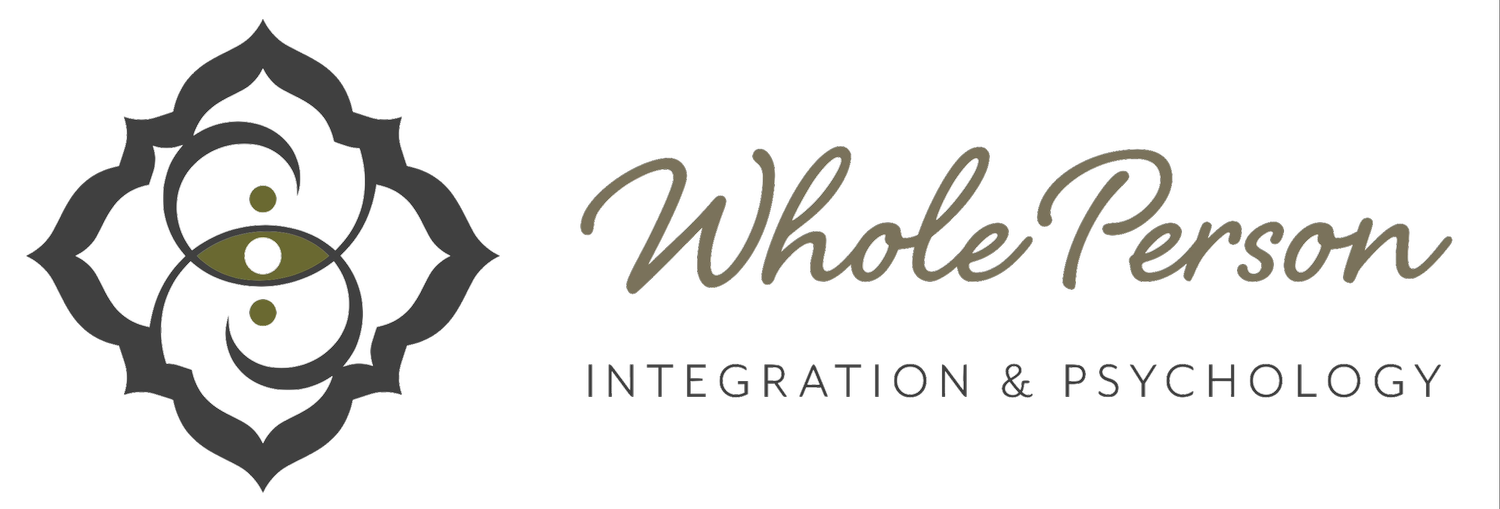Why We Try to Control Everything: The Hidden Legacy of Childhood Anxiety
by Dr. Denise Renye
Anxiety isn’t just a mental pattern…it’s a physiological one. When anxiety in childhood goes unmet, or when a parent’s anxiety is projected onto a child, it often becomes encoded in the nervous system. This can later show up as controlling behavior in adulthood, impacting relationships, daily life, and even the way we inhabit our own bodies.
How anxiety becomes embodied
Children are exquisitely sensitive to their parents’ emotional states. If a parent avoids, denies, or projects anxiety, the child often absorbs it unconsciously. The body remembers: muscles tense, breath constricts, the nervous system stays alert. The child learns, “I must manage the environment to stay safe,” even if the danger isn’t literal.
Over time, these survival strategies become habitual patterns. In adulthood, they can manifest as:
Controlling domestic environments: Keeping the house meticulously clean or organized as if disorder might trigger disaster.
Rigidity in routines or plans: Feeling anxious when others deviate from “the plan” or when outcomes are uncertain.
Micromanaging relationships: Feeling responsible for the emotional states or decisions of partners or friends.
These behaviors are often misunderstood, both by the person exhibiting them and by those around them. The nervous system is still operating from a state of vigilance, responding to old signals of threat, rather than present realities.
The relational impact
Inherited anxiety doesn’t just affect personal habits; it shapes relational dynamics:
Marriage or partnerships: The partner may feel restricted, criticized, or mistrusted, even when intentions are good. Conflicts can escalate over minor issues because the nervous system perceives “chaos” as danger.
Friendships: Difficulty relaxing or letting others lead, constant need to anticipate and manage problems.
Work or social life: Over-preparing, over-explaining, or over-controlling, all in an unconscious attempt to prevent threat or unpredictability.
If we consistently focus on what others are "doing wrong" or how they should behave, healing becomes more challenging. Externalizing responsibility keeps the nervous system in a state of vigilance and prevents self-reflection. By shifting attention inward and exploring our triggers, bodily sensations, and inherited anxiety, we can begin to disentangle what belongs to us from what we have absorbed from others. This opens the door to lasting change and deeper relational ease.
Healing through somatic awareness
Because this anxiety is encoded in the body, releasing it requires more than intellectual understanding. Somatic and body-centered approaches can help retrain the nervous system:
Notice the physical signals: Tight shoulders, clenched jaw, shallow breathing, these are clues that the nervous system is on alert.
Gentle movement: Stretching, yoga, or mindful movement can help release chronic tension patterns stored from childhood.
Breath and regulation exercises: Slow, deep, conscious breathing signals to the nervous system that it is safe, allowing tension to ease.
Gradual exposure to letting go: Practice tolerating minor disorder or delegating tasks, noticing the body’s response and practicing self-soothing rather than control.
Embodied reflection: Journaling or therapy that focuses on both thoughts and bodily sensations helps separate old anxiety patterns from present reality.
The gift of awareness
Recognizing that controlling behavior often originates in unresolved, internalized anxiety shifts the lens from blame to curiosity. With somatic awareness, we can release the grip of inherited fear and cultivate nervous system flexibility. Over time, this creates space for trust, intimacy, and ease, in relationships and within ourselves.

